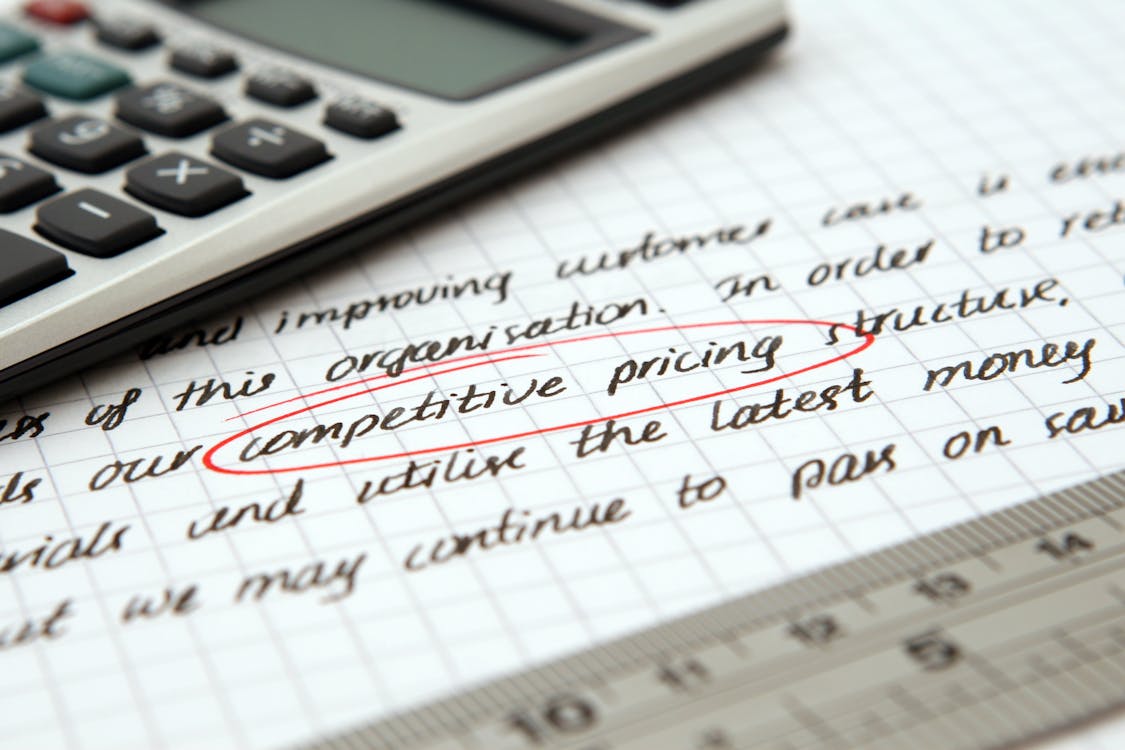When starting a new project or job, it’s helpful to have a clear vision of what you want to accomplish in the end. You should have a clear idea of your desired results to know when you have reached your final goal. Performance objectives are an excellent way to help define these goals and set them up so they are attainable.

Once you have achieved what you have set out to do, you’ll be able to look back on your accomplishments and see how well you did. After setting out to accomplish a mission, it is important to remember that there is no right or wrong way to achieve your goals. All that matters is how well you did in the end. Let’s take a look at some of how performance objectives can help us become better at our jobs:
Table of Contents
What is a performance objective?
For an employee, Performance Objectives is a great tool to help you set performance benchmarks and objectives for both your training and life. It helps you keep yourself accountable, while also helping you understand your strengths and weaknesses.
For businesses, A performance objective is simply put, a key goal of an organisation. It provides direction to the organisation and the employees.
For example, a key performance objective at a manufacturing firm would be to get the cost of manufacturing 1000 products down to $2 per unit. This leads to employees finding more cost-effective materials and more efficient ways of manufacturing.
What are the benefits of a performance objective?
A well-defined performance objective works as a goalpost for employees and businesses alike. It helps them focus on the expected outcome and in turn, keeps the motivation levels high
Apart from setting Objectives & Key Results (OKRs), performance objectives also help shed light on what are some redundant activities a person/business should stop doing. This saves time and effort to focus on what’s important.
An unambiguous Key Performance Index (KPI) also establishes clear and transparent communication lines between team members and reduces the chances of any bias seeking in.
What are the elements of a performance objective for an employee?

All performance objectives must be measurable, scalable and adaptable and they should be somehow measured in terms of impact on time or money.
As per industry best practices, all performance objectives for an employee must be –
- Transparent
- Specific
- Time-Bound
- Attainable
- Measurable
- Relevant
Pro Tip – Always get your goals and objectives in writing from your managers
What is the most common mistake people make when setting their performance objectives?

Goals set by organizations are a powerful way to motivate and engender personal change. However, there are some mistakes that people make when setting performance objectives. A notable example is a common mistake of overestimating how much they will be able to achieve and underestimating how hard it will be to reach their goals.
Setting out specific goals for your team can add stress to the situation by making the work environment predictable and constraining. Instead, set performance objectives that allow team members to recognize when they are doing well and when they need to take it up a notch or two.
Another mistake that managers usually make is that their goals are not clear or lucid enough for others to understand and when that happens it is actually detrimental to the overall business objective. It is important for managers to take out time to discuss the KPIs and OKRs with their team and address any concerns or doubts.
If your organisation follows a yearly system, it would be good to have quarterly check-ins. These short term milestones or checkpoints allow room for course correction.
Managers need to define clear roles and responsibilities amongst teams so everyone is cognizant of their importance in the organization.
What are the 5 elements of performance objectives for a business?

- Quality
- Cost
- Speed
- Dependability
- Flexibility
These 5 performance objective elements listed by experts can help you understand how a business can align its objectives to greater standards.
Quality
No matter what you do, if your product or service is not of a certain quality, nothing will work. Your quality is about consistency, meeting the needs and expectations of your customers and being a key indicator of how a company is doing. If you do things right and follow the correct processes, your quality will come and your business can succeed. Your quality is what is visible to customers. When making a choice to buy a product, people do a simple Google search and if they read good or bad quality reviews, it can make or break the decision.
For example: If Jack wants to buy a pair of shoes, he will look for a good quality above all and read reviews online and the materials used. If you offer a service, say for example – catering. The quality will be determined by customer feedback. If a company is manufacturing products, the number of defects per batch could be an indicator of quality. If you can get the quality right, you are meeting one of your key performance objectives with flying colours.
Cost
Probably the most obvious financial indicator of a business’s success and performance. It’s the cost of running a business that is often always the one performance objective upper management tend to focus on in detail. The lower the cost of business operations, the lower the final price for customers. Lower costs coupled with great quality, and business is booming! Moreover, lower costs can help you be more competitive, making it a very attractive performance objective.
When a company can reduce their marketing costs and attract more customers for the same figure month on month, they are improving their business capabilities. Similarly, if a manufacturer can get their price down for producing goods by $1 every year, their business will be financially healthier! And finally, when Jack finds 2 equal quality shoes, he will probably choose the one that’s cheaper.
Speed
From the 5 main performance objectives, speed is an integral performance objective and very much in the thinking of a customer’s decision-making process. If they can receive products faster, they are more likely to buy them from you. Faster delivery of services and goods can increase sales and reduce the risk of inventory and losses.
If a manufacturing company can produce goods at a faster rate month on month, it means their performance levels are high and their business is doing good. Moreover, it means that their goods are being purchased and there’s more injection of money to improve production. If a restaurant brings out food very quickly after an order is placed, the customer is more likely to return to the restaurant as well! And finally, if Jack finds a pair of shoes from 2 companies with similar quality and price, he might be inclined to choose the product which delivers faster to his home!
Dependability
If your company makes a name for itself as reliable and dependable towards its clients, it’s doing something right. It should be a point of pride and a key performance objective for any CEO to be known as dependable. This can only happen when a company meets its promises and commitments. The increased trust with their customers will lead to satisfied customers and more business as word of mouth can be very powerful.
If a business gets an order of 500 pairs of shoes to be delivered and it’s promised to reach in 7 working days, that’s a large commitment. Is the business actually able to do what they have promised? If yes, it proves itself as dependable to its customer and meets its performance objective.
Flexibility
This refers to the ability of a company to alter and adapt its operations and work in response to unforeseen circumstances or changes. This could be increasing production due to a high volume order or increasing delivery time because of some tight deadlines. For services, it might be changing or adding new services because of customer feedback! Flexibility as a performance objective can speed up response time, save cost and promote dependability.
If a restaurant gets feedback that their fish dish is not working, it’s down to the chefs to quickly figure out a way to make the dish tastier. For a shoe company, it could be changing up their delivery schedule to meet the 500 pairs of shoe orders in order to satisfy the customer. The global pandemic has created a lot of issues too, and a business that proved itself to be flexible by adopting great work from home practices and getting things done, all the same, met a key performance objective of flexibility.
Make the performance objectives work
A basic understanding of performance objectives is an integral part of your daily professional life. This holds true if you’re a CEO, upper-level management, an entrepreneur who is just getting started or an employee at a firm. You need to be clear and familiar with the performance objectives and how you can contribute to meeting them!
By integrating them into your business’ planning exercises, training programmes, company culture and business practices, you give yourself a chance of success, better performance and happier employees!
If you are someone who is still nervous about their performance reviews, facing burnout or has to work in a toxic environment, Evolve app has over 10 guided sessions specifically for navigating the workplace.
With over 300 articles published on Evolve. Jash is one of the most viewed writers on topics such as Sleep, Mindfulness and Stress. Drop a mail at Jash@evolveinc.in to connect with him.